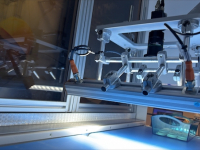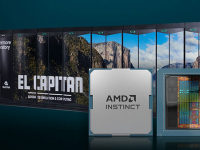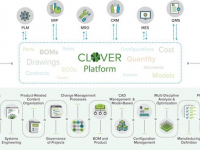Engineering for the Auto Industry
In this digital issue featuring some of DE’s most popular content on the subject, we take a deeper look at how automotive design engineers are responding to changing regulatory requirements, electric drivetrains and self-driving technologies.

October 25, 2017
It's obvious to even the casual observer that the automotive industry is in the midst of a technological revolution. A new car buyer trading in their trusty 10-year-old vehicle will be surprised by all of the screens, connectivity options and advanced driver assistance systems in today’s new cars. But that’s just the tip of the iceberg.
The increased integration of electronics in vehicles is a significant engineering challenge all by itself. Behind the sophisticated entertainment and safety systems are more sensors, wiring, integrated circuits and software than ever before—all of which has to be designed, simulated and tested.
Couple the trend toward electronics with the move by more manufacturers toward electric powertrains, and those electronic engineering challenges are multiplied.
The advances in autonomous driving capture all the headlines. Here again, simulation is paramount to meet the industry’s goals. It’s simply not possible to physically test a self-driving car’s response to every situation it might encounter. Autonomous driving technologies add even more electronics and software integration challenges to every vehicle.
Automotive manufacturers are also focused on removing weight from vehicles, to use less materials and fuel, and to provide electric cars with longer ranges. And because every vehicle is a system of components, every change has a domino effect.
Thankfully, the technologies behind the scenes are keeping pace with the industry’s needs. In this special digital issue, we have compiled DE articles that cover those technologies: simulation; topology optimization; noise, vibration and harshness testing, automotive user interaction, computing, immersive design and more.
Fill out the information below to download the resource.
Latest News






Related Topics




